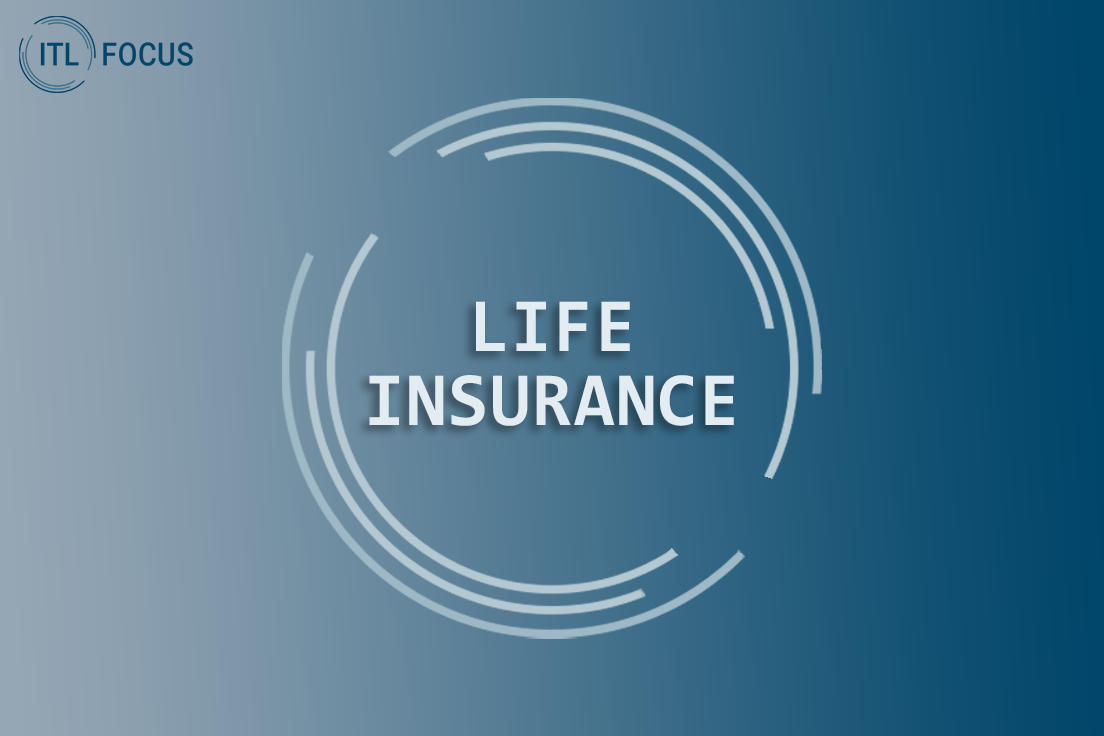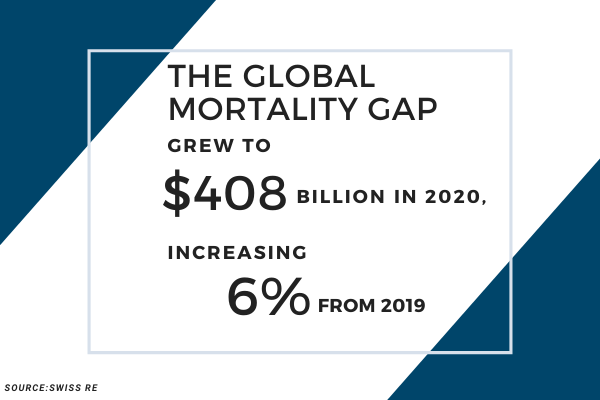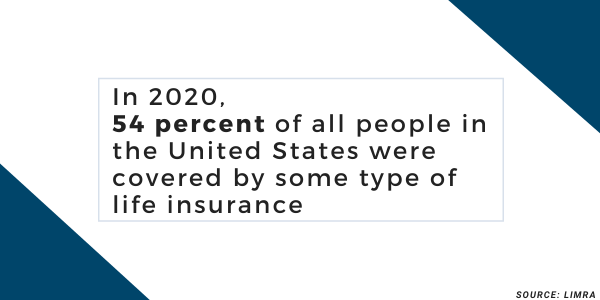The digital disruption to the U.S. home insurance buying process has been on the horizon. However, the fallout from the pandemic has rapidly shifted the industry, as consumer expectations are evolving and carriers look for solutions to streamline customer interactions. Consumers continue to purchase more goods and services online and expect companies to provide them with seamless experiences. For home insurance carriers, that means digital engagement is no longer just a communication channel. It is now a way of doing business. Carriers using digital business models and leveraging the right data will be better-positioned to make informed decisions and deliver a superior customer experience.
To better understand how home insurance carriers are transforming the customer experience and underwriting process to meet these expectations, LexisNexis Risk Solutions commissioned a third-party survey of the top 50 U.S. property insurance carriers in 2020. Findings from the study were compiled in the Innovations Transforming the Home Insurance Buying Process report and reveal how disruption, innovation and the pandemic are affecting the industry. To stay competitive, carriers may need to invest in automation to improve their buying processes.
Results showed that carriers are prioritizing automation as the impact of COVID-19 continues on claims activities and other areas of the policy lifecycle. Carriers that have not invested in automation can act now to keep up with market leaders. Carriers have an opening to improve the customer experience at bind, renewal and claims by using the intelligence available at their fingertips to help reduce time and expenses, maximize efficiencies and better understand their customers’ risks and returns.
Additionally, carriers see other challenges looming in the next three to five years. Survey respondents listed their major concerns as: losing customers with higher expectations; a growing use of comparative rates; targeting customers with competitive premiums; answering insurtech threats; and charging adequately for changing weather patterns. Carriers need to be ready to implement digital solutions and automation built on a wider dataset.
Enhancing the customer experience
To keep up with the increase in claims activity and consumer demand for a digital insurance experience, most U.S. home insurance carriers are relying more heavily on available data sources to reduce the questions asked during the policy purchasing process and decrease in-person inspections.
The study revealed 67% of carriers are in the process of making changes to their investments in the home insurance buying process, while 43% have already made significant adjustments within the past two years. Key goals of carriers’ home insurance investments include improving the customer experience (77%), improving profitability (60%) and reducing underwriting expenses (53%).
All carriers surveyed placed the most importance on minimizing customer friction. Relying on consumers to supply information slows the process, increasing the opportunity for mistakes and customer frustration. For carriers, that means gaining access to other sources of data they can trust to be more accurate and up to date.
See also: How to Exceed Customer Expectations
Responding to digital and market disruptors
Digital technologies are having a large effect on the business. New disruptors to the home insurance industry include self-service apps for consumer-led inspections, third-party aerial imagery, digital-only carriers like insurtechs, Internet of Things (IoT) smart home appliances and the gig economy.
Almost all (93%) carriers reported that self-service apps do not eliminate manual claims processes completely, but do help to reduce costs. The evolving gig economy also offers new opportunities, and many (75%) carriers have responded by offering specialized coverage products.
As the use of data prefill capabilities, advanced analytics and aerial imagery are increasing, carriers are mindful that these new market entrants are filling current gaps in the home insurance product set. As a result, 93% of carriers surveyed are investing in digital and mobile capabilities, product innovations that settle claims faster and ways to enhance the customer experience.
Data is a key enabler for carriers wanting to remain competitive with changes throughout the customer lifecycle. It can assist agents to identify and recommend the best products and services to customers. This is an important path to improve the customer experience and potentially boost carrier profitability.
See also: Pressure to Innovate Shifts Priorities
Looking ahead for growth
As home insurance automation continues to evolve, the carriers that use quality data to optimize their customer experience will likely be able to offer a more consultative and trusted customer experience, while positioning themselves for better segmentation and helping them make decisions faster. They will do this by both confirming data versus collecting it from the consumer, and by leveraging prior policy information to guide them to the right coverages for that consumer.
Now more than ever, home insurance carriers need to evaluate their processes to see where enhancements are needed. Those that have a future-ready, digital business model will be in a better position to answer consumer needs and anticipate buying trends. Carriers having access to the right data at the right time will reduce customer friction throughout the policy lifecycle and address pain points, helping position them for rapid, competitive growth.





































